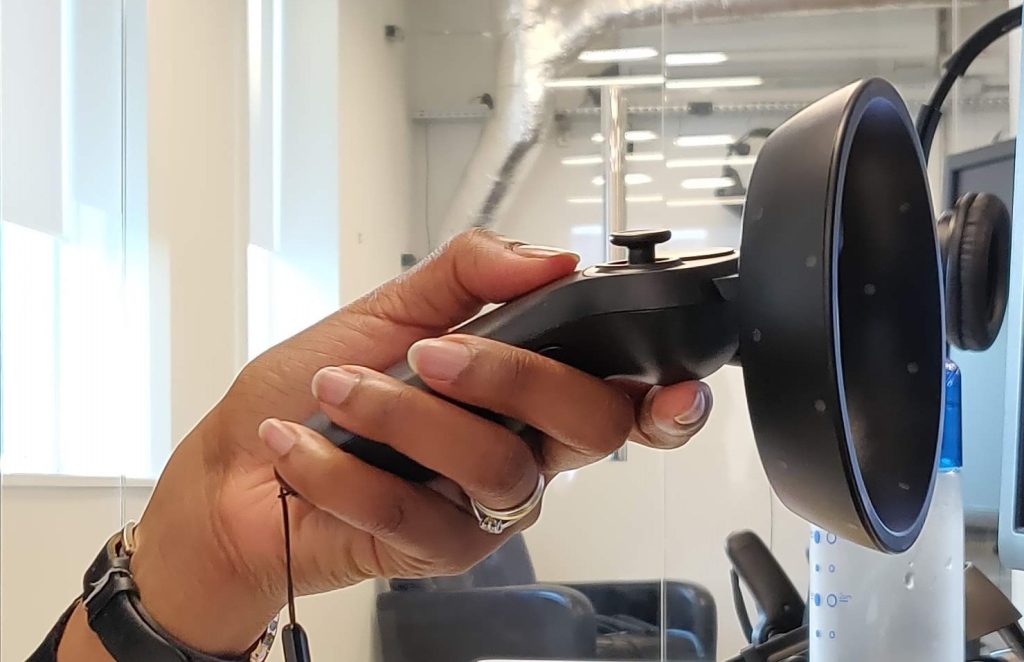In the fast-paced world of software development, writing code that works is often seen as the primary goal. However, code that merely functions is not always sufficient. Code that is easy to read, understand, and maintain can make a significant difference in the long-term success and sustainability of a software project. If you’re new to the term “clean code” this post will give you a brief overview of the topic, explore the importance of clean code and why every developer should strive to write it.
What is Clean Code?
Clean code is code that is said to be clear, simple, and lacks redundancy. According to Robert C. Martin “Uncle Bob”, the author of the book “Clean Code,” it should be elegant, efficient, and focused. Clean code is not just about making your code work; it’s about making it work well, being easily understandable by other developers (most likely your future self), and facilitating future changes and maintenance.
Why Clean Code Matters
- Readability and Understandability
- Clean code is easy to read and understand, which is crucial when working in a team or when another developer has to maintain or extend the code. For instance, using meaningful variable names and clear, concise comments can significantly improve readability.
- e.g. Instead of naming a variable
a, name ituserAgeto immediately convey its purpose.
- Maintainability
- Codebases are rarely static. Requirements evolve, and code must be updated or refactored. Clean code makes it easier to make these changes without introducing bugs.
- Example: Using consistent indentation and formatting standards helps in quickly locating and understanding different sections of the code.
- Efficiency
- Clean code often leads to more efficient and performant software. By avoiding unnecessary complexity and redundancy, you ensure that the code runs smoothly and efficiently.
- Example: Implementing the DRY (Don’t Repeat Yourself) principle reduces redundancy and makes the codebase leaner and more efficient.
- Collaboration
- In a team setting, clean code promotes better collaboration. When code is well-written, other team members can understand it more easily and contribute more effectively.
- Example: Consistent use of naming conventions and coding standards ensures that all team members are on the same page.
4 simple ways to make your code cleaner!
There are a number of things you can (and should!) learn in order to produce clean code like understanding and correctly using design patterns and SOLID principles. But, if you’re new to the concept of clean code, here’s four things you can do to start on your journey.
- Meaningful Names
- Use descriptive and unambiguous names for variables, functions, and classes.
- e.g.
calculateTotalRevenueis more descriptive thancalcRev.
- Stick to a single responsibility
- Each function or class should have one and only one responsibility.
- e.g. A function called
processUserInputshould not also handle database operations.
- Avoid Magic Numbers
- Use constants or enums instead of hardcoding numbers.
- e.g. Replace
if (status == 1)withif (status == STATUS_ACTIVE).
- Refactoring
- Regularly revisit and refine code to improve its structure without changing its behaviour (this could be as simple as changing a name of a method to make it more readable).
- e.g. Breaking down a large function into smaller, more manageable functions.
- Note: always update the corresponding test before you commit any code refactoring and make sure the test passes!)
Start cleaning your code today!
Clean code is not a luxury but a necessity for sustainable and efficient software development. By using clean code practices, coding principles and design patterns, you can create code that is easy to read, maintain, and extend, ensuring the long-term success of your projects. Embrace clean code practices, and you’ll not only improve your code quality, enhance collaboration and productivity within your team, but also be on the way to becoming a professional coder.
For more information about clean code, you can read the book by Uncle Bob or watch the Clean Code video series.



